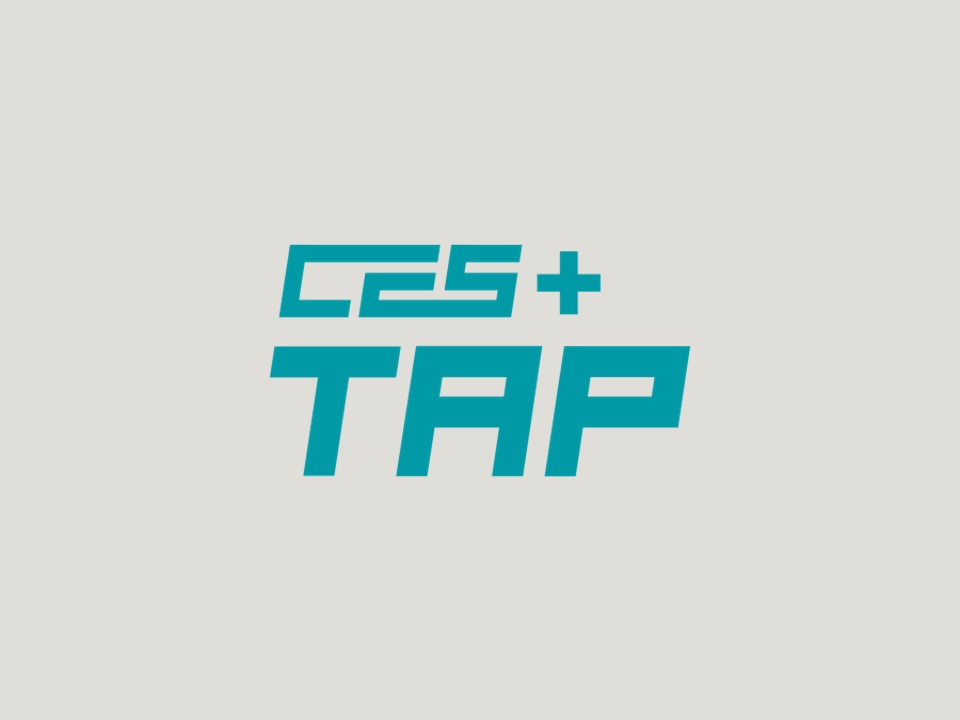
Compliance Corner – May 2024
Do You Have the Tools When Implementing the Discipline Rules? (Part 4 of 4)
By Cindy Soo Hoo, TAP Consultant csoohoo@ces.org
The terms accommodation and modification are often used interchangeably but differ in definition. Both are meant to address deficits that students with disabilities exhibit. However, one helps to level the playing field while the other changes the playing field. Accommodations are typically less intrusive and are meant to bring a student with a disability to the same starting point as a non-disabled student. Modifications are more involved and typically provide support for students who have more intense needs.
Accommodations can be defined as any technique that alters the academic setting or environment in some way but does not change the content of required work. They allow the student to obtain access to the instruction or assessment. The environment, presentation of materials and how the student is expected to respond may be altered. Yet, none of these change the expectation of what the student is to learn. Considerations would need to be given as to what might become a barrier to the student being able to access or participate in the instruction or assessment. Examples might include providing the student preferential seating, frequent breaks or allowing the student to demonstrate mastery with a different presentation mode.
Modifications can be defined as any technique that alters the work required in such a way that it differs in substance from the work required of other students. This might include reducing the number of problems a student is to solve, changing how a student will be graded to assess his/her mastery of the content or utilizing different instructional materials.
Among many components required under the Individuals with Disabilities Education Act (IDEA), accommodations are to be discussed at every eligible student’s Individualized Education Program (IEP) meeting. These accommodations center around the need to accommodate students when participating in State and districtwide assessments.
34 CFR§300.320 (6)(i) states:
A statement of any individual appropriate accommodations that are necessary to measure the academic achievement and functional performance of the child on State and districtwide assessments consistent with section 612(a)(16) of the Act; and
(ii) If the IEP Team determines that the child must take an alternate assessment instead of a particular regular State or districtwide assessment of student achievement, a statement of why –
(A) The child cannot participate in the regular assessment; and
(B) The particular alternate assessment selected is appropriate for the child; …
Accommodations for State and districtwide testing are determined by the test authors so as not to invalidate the results of the assessments. Test authors provide for school districts a list of appropriate accommodations to be considered by the IEP Team. Members of the team determine the necessary accommodations based on the academic as well as functional performance and needs of the student. These might include extended time beyond what is already allowed by the assessment, administering the assessment in a small group setting or providing the assessment material in large print. These accommodations are allowable as they do not provide the student with an edge but rather level the playing field.
For a student who requires more than the allowable accommodations, the IEP Team could then consider him/her for an alternate assessment. The IEP Team should observe caution when determining a student is to be assessed by an alternate assessment as modifications do change expected learning outcomes for students. Are the standards this student is to achieve different from the standards other students are expected to achieve? In New Mexico, this student population should be very small with no more than one percent designated as needing an alternate assessment. As part of that consideration, the New Mexico Public Education Department (NM PED) requires IEP Teams to determine if:
1) The student has a significant cognitive disability.
2) The student is primarily instructed using alternate content standards and
3) The student requires extensive, direct, and individualized instruction and substantial supports to achieve measurable gains in the grade- and age-appropriate curriculum.
(See 2022-2023 Assessment Accommodations and Accessibility Manual, NM PED, Revised August 15, 2022)
It is important to carefully analyze the necessary accommodations and modifications for a student. The decision of whether a student is able to take the regular assessment, with or without accommodations, or whether the student is needing to take an alternate assessment is an important one and must be clearly documented in the IEP as to why the IEP Team made that decision. When presented with a list of options, it is easy for members of the IEP Team to provide more than what a student actually needs. Some feel that more accommodations and modifications should be provided for a student so he/she would be more successful. However, that is not the standard. The standard would be to determine what is necessary for instructional purposes or in order to evaluate what skills he/she has acquired. Providing more accommodations and modifications than necessary can have ramifications for students. You may be setting the student up to become dependent on those accommodations. More isn’t necessarily better. Too many accommodations may be overwhelming or too distracting when taking State and district-wide assessments. IEP Teams should use caution when making such decisions.
There may be accommodations that are unnecessary such as extended time if the assessment does not contain a timed component. Becoming familiar with the aspects of the assessment will assist IEP Teams in determining appropriate accommodations. In addition, IEP Teams must be cognizant of the accommodations that have been determined necessary so they are provided consistently. An example of this would be if the student requires a small group setting. The IEP Team must assure this accommodation is in play during the entire administration of the assessment.
Some techniques might be seen as either an accommodation or a modification depending on the situation or on the implementation. What is seen as an accommodation for instructional purposes may be seen as a modification during assessment. An example of this might be allowing a student the use of a calculator to check their daily math work. However, providing a calculator during the administration of an assessment would certainly provide that student with the opportunity to use that device as an aid in solving mathematical problems. Another example would be an accommodation that involves the instructor reading the text to the student in class. This accommodation would allow the teacher to assess whether the student grasps the concepts without the student’s difficulty in reading getting in the way. However, if trying to assess the student’s reading skills in State and districtwide assessments, this practice would not measure what it is intending to assess.
Finally, for State and districtwide assessments, it is important to provide accommodations in which the student is familiar so long as they are allowable for the particular assessment. In other words, the student has been provided these accommodations for instructional purposes and for other tests and assessments. Providing accommodations that are unfamiliar to the student would be distracting and hinder the student’s performance.
The information included herein is not intended to provide legal advice. Should you need legal advice or guidance on any issue involving special education, please contact the appropriate person for your district.

Do You Have the Tools When Implementing the Discipline Rules? (Part 4 of 4)

Do You Have the Tools When Implementing the Discipline Rules? (Part 3 of 4)

Do You Have the Tools When Implementing the Discipline Rules? (Part 2 of 4)

Do You Have the Tools When Implementing the Discipline Rules? (Part 1 of 4).

Addressing Student Behavior: What’s the Key? Perhaps, It’s an FBA and BIP. (Part 2 of 2)

Addressing Student Behavior- What’s the Key-Perhaps. It’s and FBA and BIP (Part 1 of 2)

